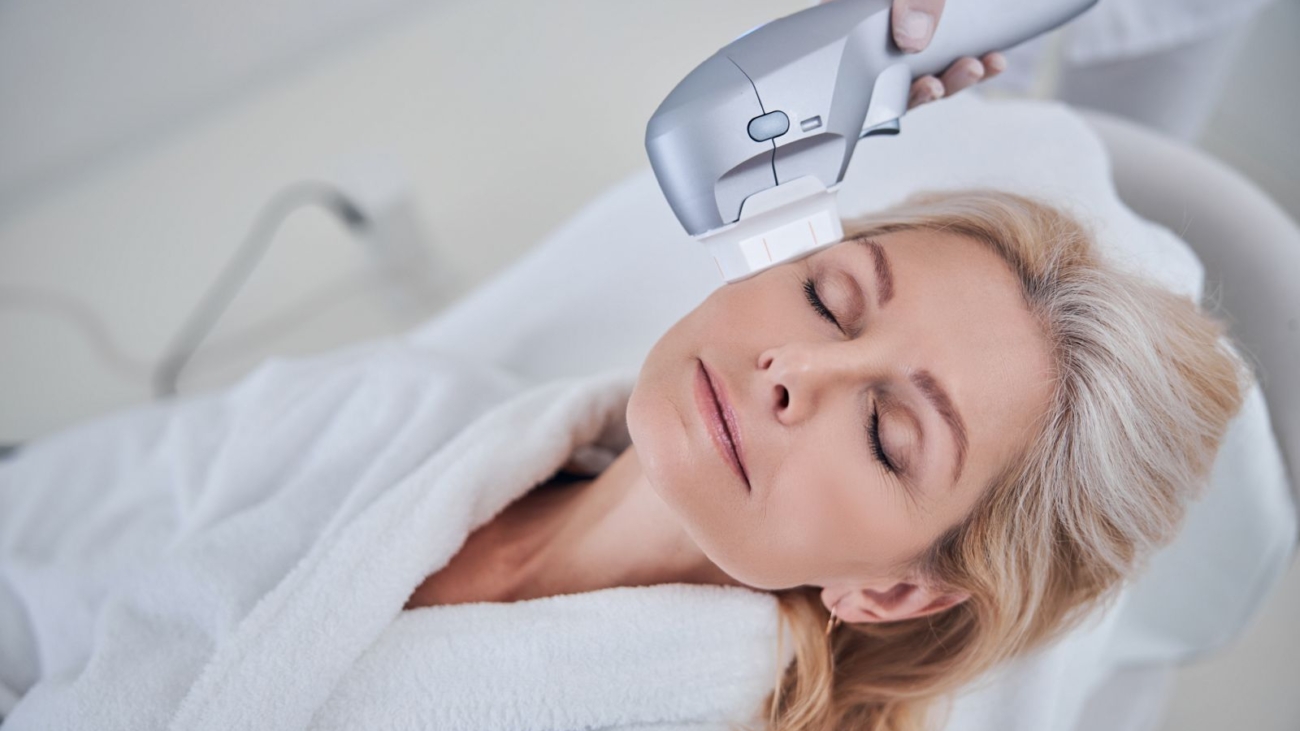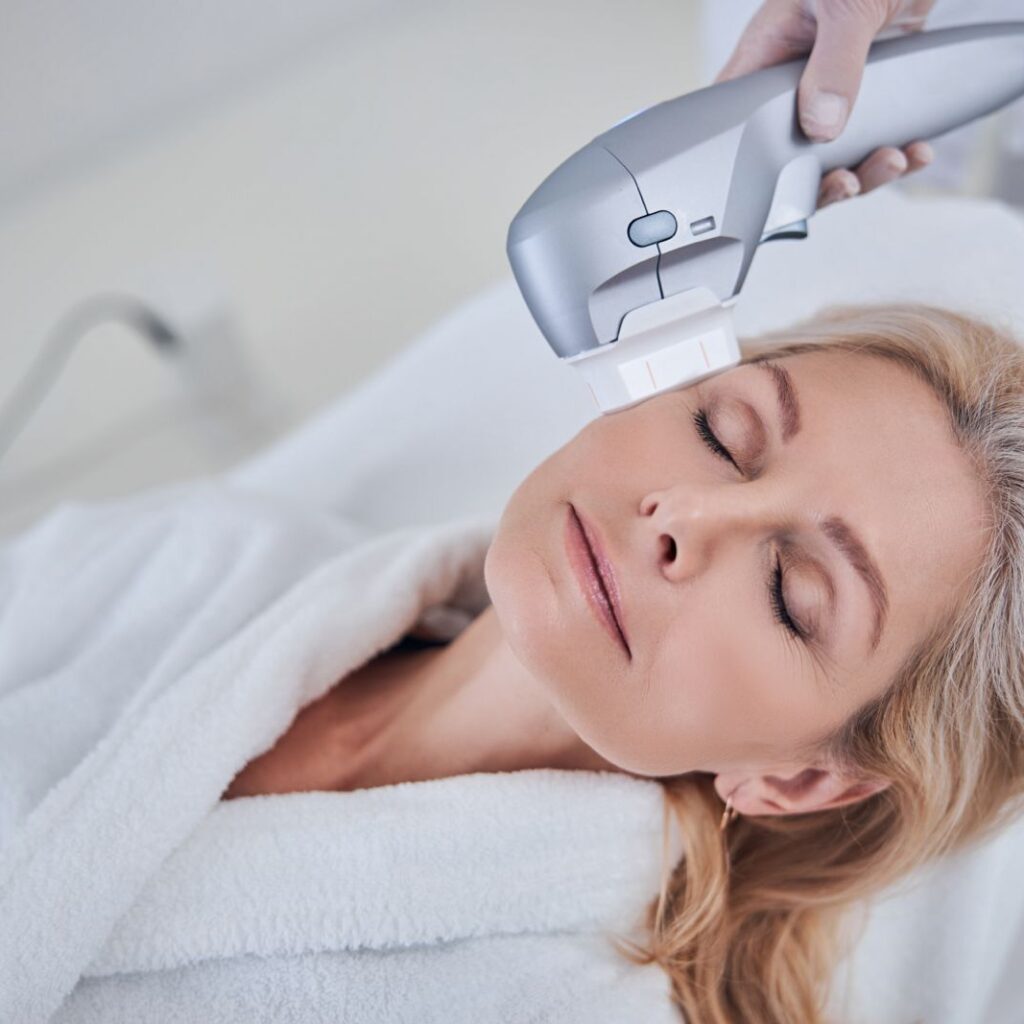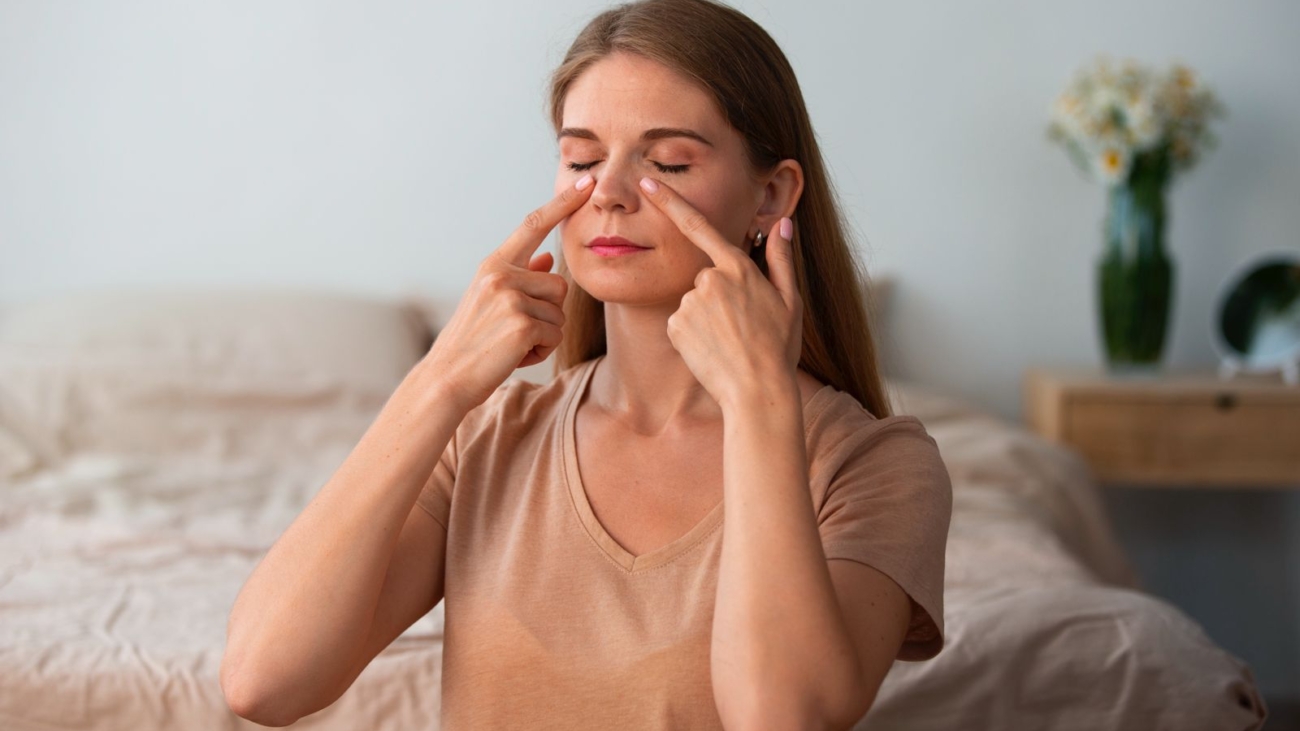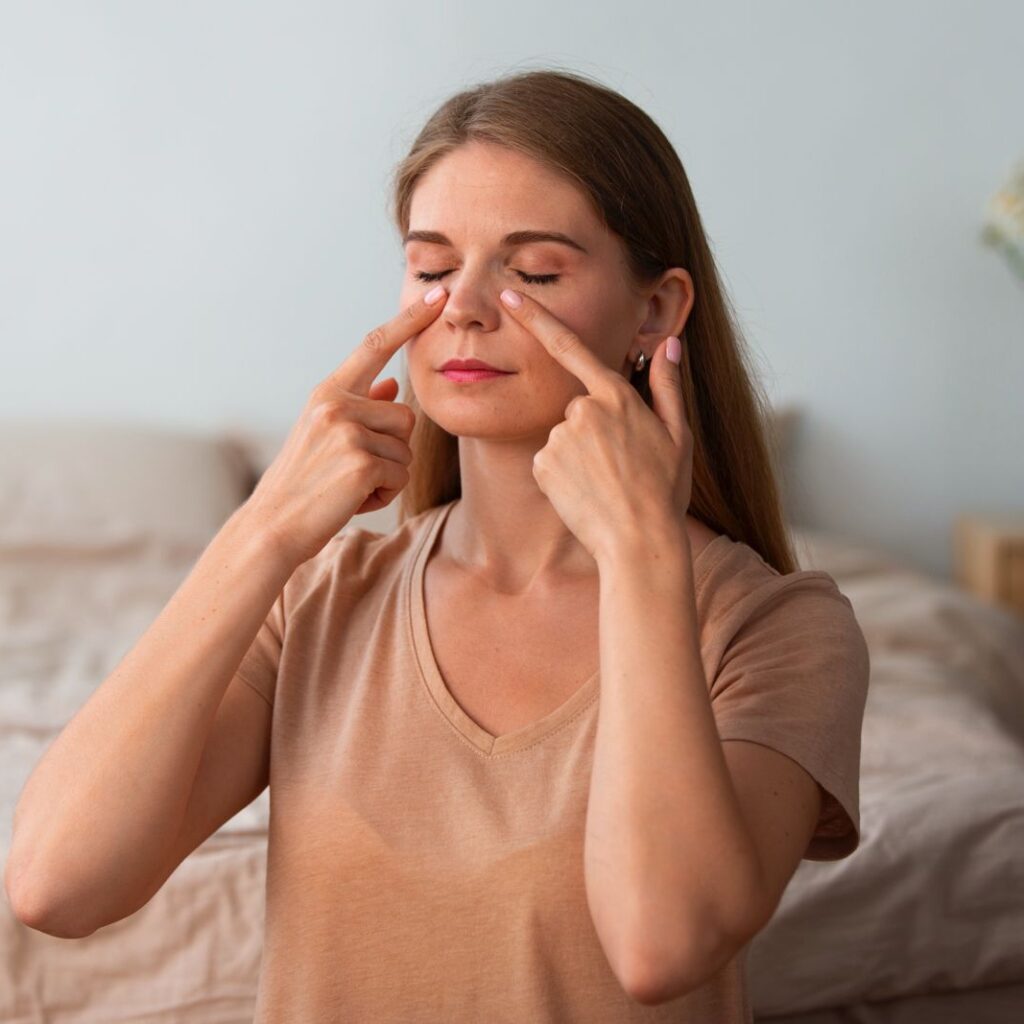Dermal fillers have become an indispensable tool in combating signs of aging, loss of volume, and facial asymmetry. Millions of men and women worldwide opt for this treatment because it provides quick and visible results for filling wrinkles, defining and accentuating facial contours, restoring lost volume, and rejuvenating the skin’s youthful glow.
The popularity of dermal fillers stems from the fact that the treatment is minimally invasive, with a short recovery period and effective outcomes. However, one of the most common questions is: ‘How to find the right balance?’ Excessive use or too much filler can lead to an exaggerated, artificial appearance, while too little may not deliver satisfactory effects.

What Are Dermal Fillers, and What Are They Used For?
Dermal fillers are injectable preparations most commonly based on hyaluronic acid—a substance that naturally occurs in our bodies and is responsible for water retention and maintaining skin elasticity. Their primary function is to retain water, supplement lost volume, and thus provide a ‘fuller and tighter, and consequently, more youthful facial appearance. Common areas for filler application include the lips, cheeks, nasolabial folds, and jawline contours.
Why Is Proper Dosage So Important?
Most people do not want to look like a ‘different person’ after using fillers. The goal is to preserve the basic features of the face and only soften or correct existing imperfections. By overdoing the dosage of fillers or injecting them in the wrong places, one can easily create an overblown look—affecting what is often referred to as ‘overfilled syndrome.’ Such results are not only aesthetically displeasing but can also appear unnatural and even lead to asymmetry, disturbing the natural proportions of the face.
On the other hand, using too little filler might not produce a pronounced effect, especially in the case of deep wrinkles, deep nasolabial folds, or significant volume loss in the cheeks. Consequently, the patient, despite the investment of money and time, does not achieve the desired results.
Additionally, the excessive use of fillers or improper injection techniques increase the risk of complications, such as unevenness, lumps, or even the rare case of blood vessel obstruction. An adequate approach to dosing and application technique safeguards the patient’s health and minimizes the likelihood of side effects.
Key Factors for Determining the Optimal Dosage
1. Individual Anatomy and Age: Each face is unique, and so are its needs. Factors such as the shape of the face, the amount of natural volume, skin thickness, and local characteristics significantly impact the amount of filler needed. People with prominent jawbones, deep scars, or significant loss of fat tissue may require more fillers. Conversely, a smaller intervention may be sufficient for younger individuals who just want to enhance existing contours. Age also plays a role: as years pass, the loss of volume and elasticity increases, and thus the needed amount of filler might be greater.
2. Skin Quality and Lifestyle: Individuals with good genetics and healthy habits (proper diet, hydration, sun protection, non-smoking) often have more elastic skin that responds better to fillers, achieving a longer-lasting and more subtle effect. Conversely, sun exposure, smoking, and dehydration can accelerate skin aging and require additional doses of fillers for the same result.
3. Treated Region: The dose of filler varies depending on the part of the face being treated. For example, the lips and nasolabial folds are more sensitive and require a smaller amount of filler, while areas such as the cheeks or jawline often use a greater amount to compensate for lost volume.
4. Expected Result: It is important to define what the patient wants: whether they are only slight corrections and subtle changes, or a more drastic transformation which will, of course, usually require a greater amount of fillers.
5. Quality of Fillers and Injection Technique: There are numerous variations of fillers on the market today that differ in density, viscosity, and duration. Dense and highly cross-linked fillers are suitable for deeper corrections and building volume, while softer and less dense fillers are used for finer lines or sensitive areas, such as the lips. An experienced specialist will select the appropriate product and inject it at the optimal depth, ensuring a natural and stable effect.
How to Recognize the Right Amount?
• Consultation with an Expert
The first and most important step is an honest conversation with a licensed expert specialized in aesthetic medicine. An experienced professional will assess the shape and proportions of the face, listen to the patient’s desires, and based on this, suggest the amount and type of filler that will yield the best results.
• Gradual Volume Addition
Instead of injecting a large amount of filler all at once, the recommendation is to gradually dose with follow-up reviews and corrections as needed. This approach allows for achieving the most natural effect and prevents the face from appearing overdone or asymmetrical.
• ‘Less is More’ Approach
The common motto of modern aesthetic medicine is: ‘fillers should enhance beauty, not reshape it.’ When a patient looks rejuvenated, fresh, and rested after treatment, without obvious signs of intervention, it is known that the ideal balance has been achieved.
Maintaining Results and Preventing Overuse
The duration of fillers varies, but the effects typically last from 6 to 12 months on average. After this period, patients may notice a gradual decrease in volume. Rather than rushing to immediately refill, it is advisable to schedule a follow-up consultation with your doctor to evaluate the condition and determine the timing for a supplementary treatment. This way, the face will always look natural, and the effects will be in harmony with the changes that come with aging.
Integrating filler injections into an overall skincare routine—through proper hydration, sun protection, and moderate use of active ingredients—further extends the effects and ensures that your skin remains fresh, youthful, and naturally beautiful.




